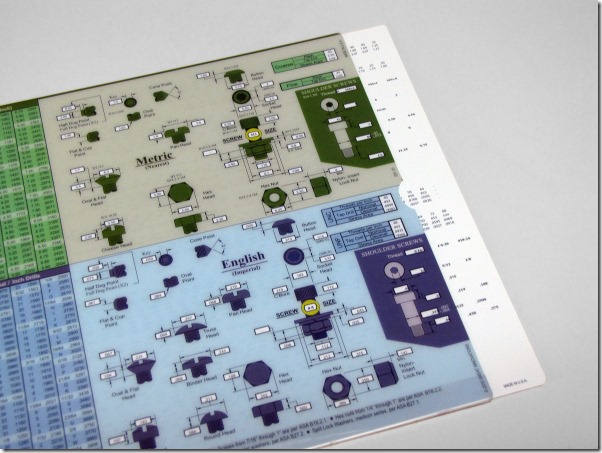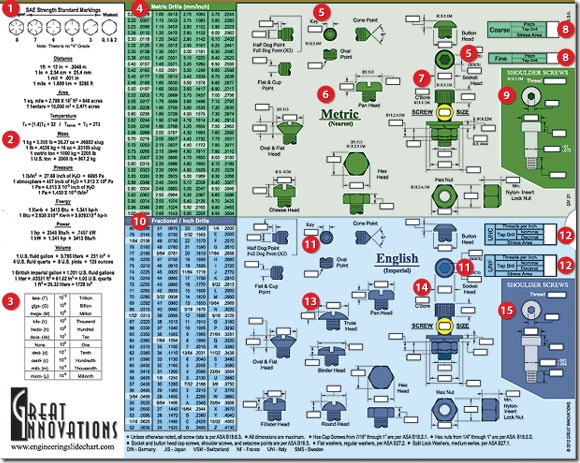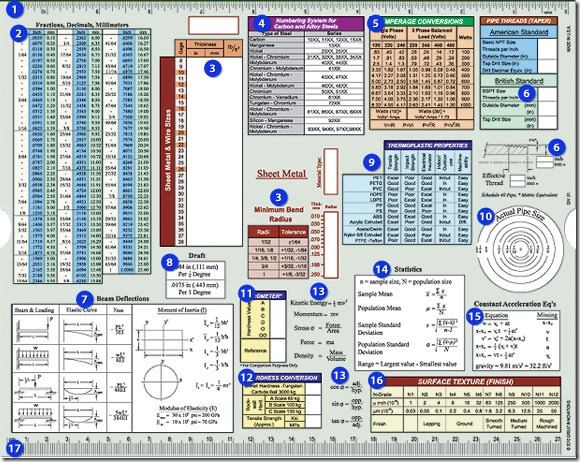-
-
Where the Internet Lives
-
10 Feng Shui Tips You Should Apply
-
Physicists: How to stay dry in the rain
From The Washington Post:
In the latest issue of the European Journal of Physics, Franco Bocci ponders (pdf) one of life’s enduring mysteries. If you’re caught in the rain without an umbrella, is it better to run or walk in order to stay as dry as possible?

This is also a sensible strategy. (Ricky Carioti/The Washington Post)
Running seems entirely sensible—you can get to dry shelter quicker. But you also hit more raindrops by running. So there’s a genuine trade-off. Bocci used math to explore the problem more thoroughly and found that running isusually better, although it really depends on the situation:
The problem of choosing an optimal strategy for moving in the rain has attracted considerable attention among physicists and other scientists. Taking a novel approach, this paper shows, by studying simple shaped bodies, that the answer depends on the shape and orientation of the moving body and on wind direction and intensity. For different body shapes, the best strategy may be different: in some cases, it is best to run as fast as possible, while in some others there is an optimal speed.
Basically, the best strategy for staying dry (or at least somewhat dry) is to run as fast as possible. Unless you’re really thin, in which case there may be a more optimal speed. And if you’ve got a tailwind behind you, then you should run exactly as fast as the wind at your back.
This sounds like a weird, random topic, but the BBC’s Jason Palmer reports that the raindrop problem has famously vexed physicists and mathematicians for decades:
The battleground for this bit of hobby mathematics now seems to be the UK’s Institute of Physics publication the European Journal of Physics. In 1987, another Italian researcher asserted in the journal that changing strategies did not make a substantial difference. In 2011, a textile expert and a physicist used the same publication to suggest that an optimal speed existed, depending on the wind direction….
What complicates the question is the human shape; for simplicity, previous attempts to crack the thorny problem assumed people to be thin sheets or upright, rectangular boxes.
When Prof Bocci considered a more general case–likely to be the case you would face in the rain–he found that the answer may depend on an individual’s height-to-breadth ratio as well as wind direction and raindrop size.
See this 2005 piece by mathematician Nick Allen for a look at some of the equations involved. Bocci’s paper is the latest salvo, offering up a new twist on the problem, though the debate may well continue. But next time it starts pouring all of the sudden and you decide to make a dash for it, running at the exact same speed as the wind at your back, be assured that you have cutting-edge physics on your side.
Engineering, Management, Technology Consulting



